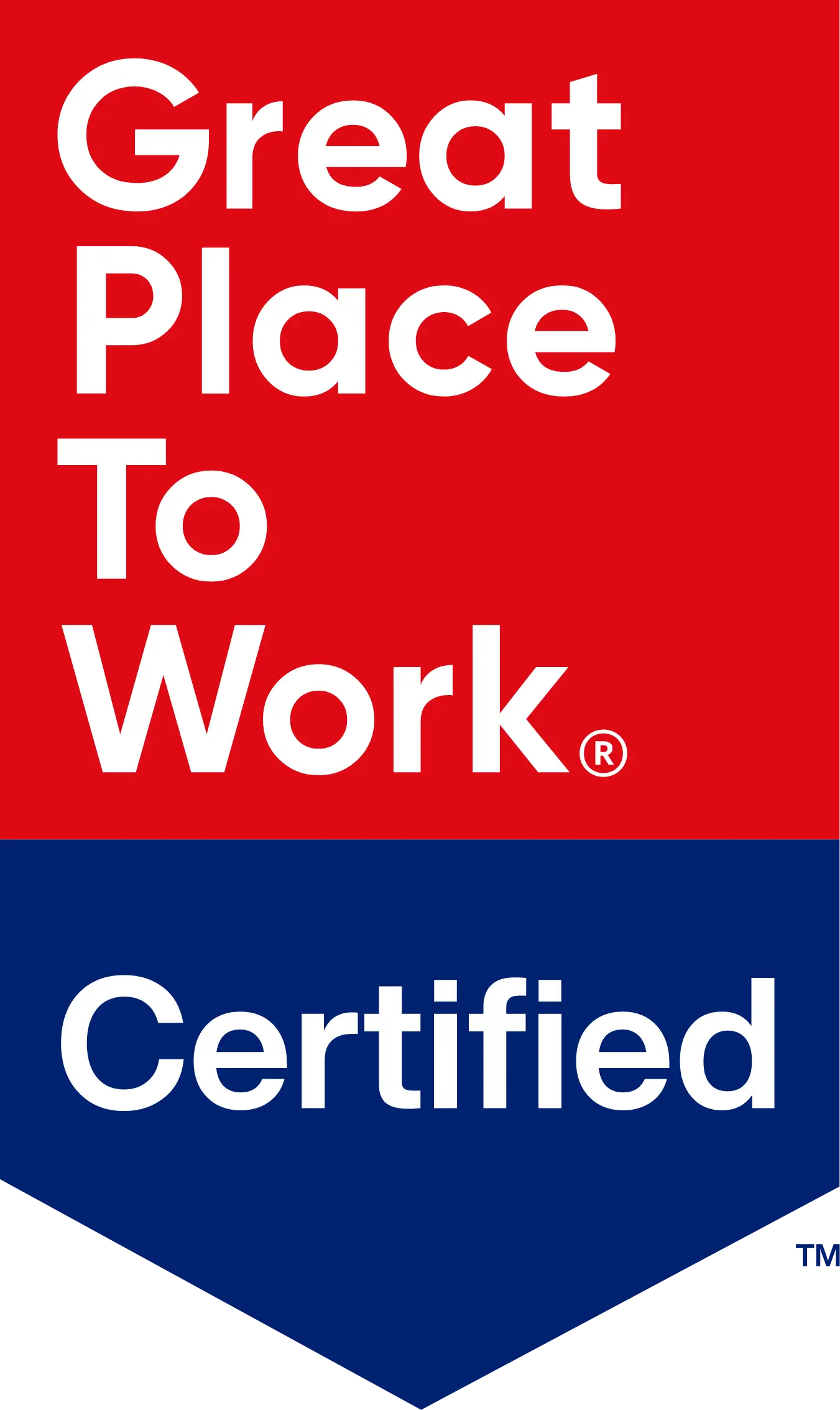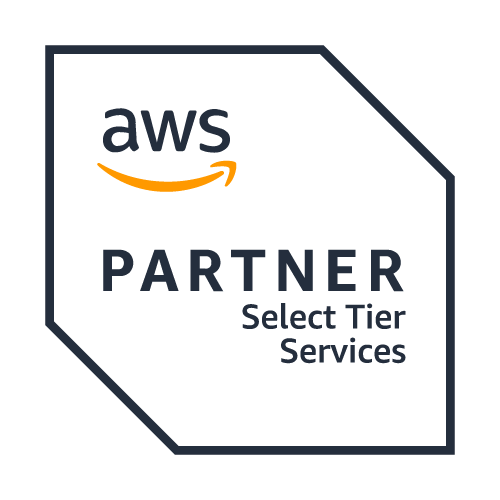
Share
Table of Contents
The Dynamic Collaboration with DevOps The Synergy between Agile & Microservices The Integration of AI and Microservices Service Meshes Multi-Cloud Applications & Application Security Leveraging Microservices Architecture Netflix Google Cloud Destinations The Future of Microservices ArchitectureThe Evolution of Microservices Architecture in 2024
The transition to microservices architecture has been a game changer in the dynamic world of software design and development, fostering more agility, scalability, resilience, delivery time, cost-effectiveness, and many other aspects. Right from the time when Dr. Peter Rodgers used the term “micro web services” during a cloud computing presentation to the architecture gaining huge momentum in early 2010 to the present times, this software development technique has evolved a great deal! As we all know, Microservices Architecture is a software architecture style that composes patterns for building applications with multiple, loosely coupled, self-contained microservices.
The evolution of microservices architecture has been way beyond the current decentralization model of fragmenting different teams, procedures, and processes for agile development. Services with fine granularity and enhanced autonomy, along with optimized, lightweight protocols, are the way ahead for microservices architecture in 2024! As we venture into 2024, let us delve into some of the key microservices trends that companies ought to be updated on!
Microservices Trends to Look Out for in 2024
1. The Dynamic Collaboration with DevOps
Microservices architecture has been a boon for DevOps engineers in managing complex distributed systems and infrastructure, thus enabling them to focus on building scalable, efficient, innovative, and faster applications. In fact, the integration of DevOps practices into microservices will foster seamless and effective integration between development and operations teams, thus enhancing their throughput. To gain the best might of DevOps and microservices, it is essential for the DevOps team to adhere to a standard set of tools and processes that can seamlessly address the needs and complexities of modern business.
2. The Synergy between Agile & Microservices
To further promote collaboration, flexibility, and delivery speed, microservices architecture can be combined with Agile methodology. Most organizations found Agile methodology to be most compatible with microservices architecture, wherein each team can work independently and create the best products in a brief period. This Agile methodology works in tandem with the microservices architecture to enhance modularity, independent development, rapid iteration, and much more. Moreover, this symbiotic relationship between Agile and Microservices can nurture innovation and agility par excellence in the world of software development.
3. The Integration of AI and Microservices
Artificial Intelligence (AI) stands in the vanguard of microservices architecture for most organizations. AI algorithms can optimize microservices for scalability and performance, thus saving costs that would incur from additional hardware and infrastructure. Besides, AI algorithms can help with the personalization of microservices in accordance with the users’ preferences and behaviour patterns and also offer real-time insights into data to make faster decisions.
As the field of AI continues to evolve, we can witness new ways of deploying AI in microservices. However, organizations must comprehend the security and quality implications that might occur during this adoption.
4. Service Meshes
When microservices multiply, it becomes difficult to coordinate, manage, and promote seamless communication between them. It is here that service meshes mitigate these challenges by providing a dedicated infrastructure layer that promotes inter-service communication. These meshes also offer enhanced in-depth observability, security, flexibility, traffic management, resiliency, and tracing and monitoring. Thus, developers can focus on improving their core business productivity while service meshes can manage service discovery, failure recovery, load balancing, metrics, and other aspects for them. With the burgeoning adoption of AI and ML in software development, even service meshes are likely to incorporate the might of these technologies for traffic management, automated resolutions, anomaly detection, and many other activities.
5. Multi-Cloud Applications & Application Security Leveraging Microservices Architecture
To build multi-cloud applications, organizations have been leveraging microservices architecture to a great extent. As the name suggests, multi-cloud is an approach in which organizations depend on more than one provider to gain access to multiple cloud services. During the proliferation of applications, microservices architecture enables quick development, deployment, and transfer of applications from one cloud to another. Besides, open-source technologies can bring a consistent foundation to any cloud deployment while implementing cross-cutting requirements of microservices architecture. Furthermore, as organizations consider breaking their applications into microservices, there is also a greater need for securing these environments by adhering to high-level security practices and the right security tools.
Tech Firms Embracing Microservices

Netflix
While we have been enjoying engaging shows and movies on Netflix, the organization's microservices management system has been seamlessly working in the backend along with the cloud computing team to enhance the user experiences for us. For years, Netflix has outshined as the epitome of microservices architecture, supporting more than 700 microservices!

Google has stood out as a pioneer in deploying microservices architecture for most of its products, services, and high-performance applications. Through the power of technologies like Kubernetes, Google has been using microservices, thus relishing advantages like container orchestration, scalability, availability, reliability, rolling deployments, and much more.
Moreover, Google’s Golang is outclassed as one of the best languages to be leveraged in microservices architecture because of its high readability, maintainability, performance, speed, concurrency, and many other features. The Golang language helps develop complex and scalable applications and offers testing support.

Cloud Destinations
When asked about the usage of microservices at Cloud Destinations, Kandhakumar Thirumoorthy, Associate Vice President – Software Engineering, articulated, “We at Cloud Destinations have been harnessing the might of microservices architecture for diverse projects. We have implemented the Istio service mesh for internal routing of traffic between the microservices for one of our clients. We have also enabled centralized logging using Loki, Promtail & Grafana, microservice health monitoring using Prometheus & Grafana, and authentication service using AWS Lambda Functions to authorize a request before allowing it inside the Application Gateway for our clients.”
Kandha adds, “We have created a message-driven asynchronous communication between microservices, established gRPC communication between microservices to improve the latency, and deployed Zipkin for tracing HTTP requests and message flow between services that use Message Queues. For storing session data and configuration settings that are used across the microservices for our clients, we have used Redis Cache.” Kandhakumar Thirumoorthy holds 25+ years of exceptional work experience in the Software Engineering domain at companies like Accenture, JPMorgan Chase & Co., Mphasis, Cloud Destinations, and many others.
Recollecting his experiences with Microservices Architecture, Soundra Pandian, Director - DevOps & Solutions Architecture, Cloud Destinations, asserted, “Several organizations of various scales have adopted microservices architecture for application development and re-architected existing monolithic applications. Several architectural patterns, concepts, and tools for discovery, transaction management, messaging, security, reliability, observability, testing, and deployment are published and continuously evolving.”
He adds, “A well-architected and properly conceptualized microservices application is highly available, reliable, scalable, flexible, and maintainable. Microservices applications with architectural flaws in communication patterns, service discovery, and observability will lead to inefficiency and complex operability. Organizations adopting a microservices architecture can operate multiple autonomous, business-driven product teams that own one or more microservices in the same subdomain, delivering highly resilient products. This form of architecture enables rapid product development and enhances flexibility as teams can work independently, focusing on specific microservices.”
Soundra Pandian is a Full Stack Software Engineer with 20+ years of work experience in Microservices Architecture, Java, Python, DevOps, and Databases. He is a Certified Scrum Product Owner® (CSPO) with experience in Scrum and lean agile practices and has worked for Trimble, Thales, TCS, Altimetrik, and Cloud Destinations.
The Future of Microservices Architecture

For the years ahead, microservices architecture will continue to be the dominant force in the ever-evolving field of software development, laying the path for agile, scalable, and efficient applications. Furthermore, the integration of microservices best practices with transformative technologies like AI and ML, as well as powerful methodologies like Agile and DevOps, will propel businesses ahead and create a more intelligent and efficient digital world.
If this blog has inspired you to learn more about microservices or Cloud Destinations’ take on it, feel free to click this link - https://clouddestinations.com or write to us at info@clouddestinations.com with any query or suggestion. We are just a mail away! Also, stay tuned to our Cloud Destinations LinkedIn page for more such blogs!
 Back
Back














 Linkedin
Linkedin








